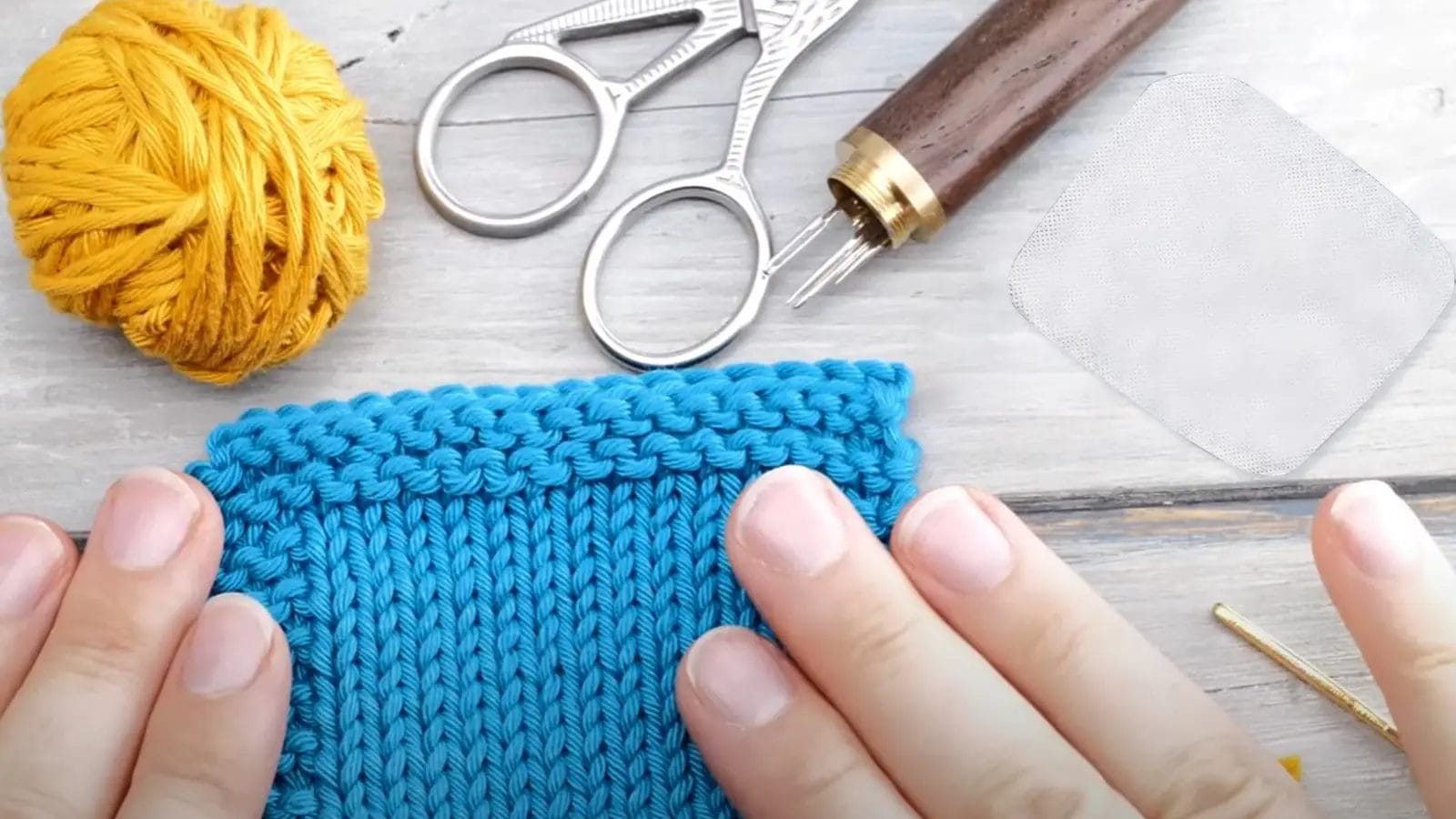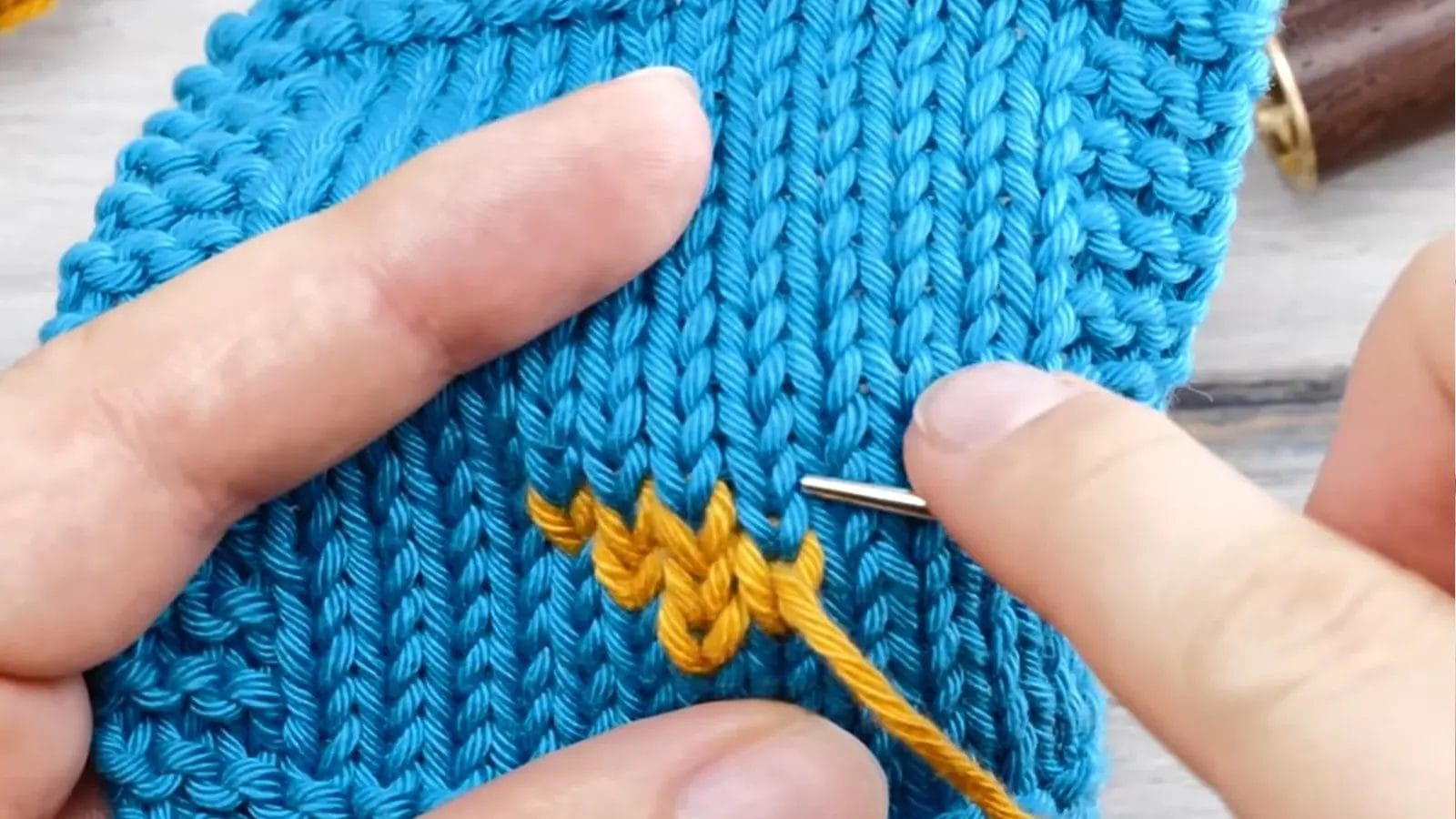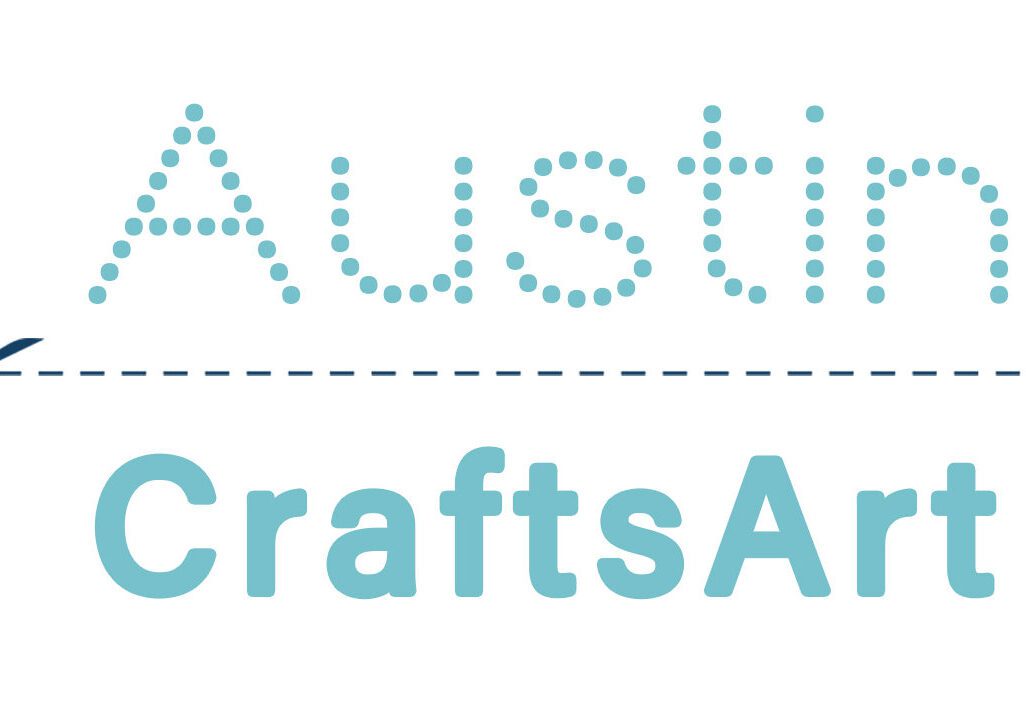As you prepare to embroider on your knitting, you’re likely wondering where to start. You need to choose the right stabilizer and thread for your knit fabric to finish your design. You’ll need to thread your needle with six-strand embroidery thread, carefully selecting colors that complement your fabric. But before you can begin stitching, you’ll need to understand the best techniques for embroidering on knit fabric. What are the essential stitches you should know, and how can you ensure your design looks stunning on your finished piece?
Key Takeaways
- Choose the right knit fabric and prepare it with a water-soluble stabilizer for embroidery.
- Select a suitable six-strand embroidery thread and an embroidery needle for quality stitches.
- Use embroidery techniques like chain stitch, French knots, and cross stitch to create designs on knit fabric.
- Start stitching the design on the fabric. Then remove the stabilizer and wash the knitted piece for a beautiful finish.
- Test embroidery patterns on a swatch before starting.
Supplies You’ll Need

Here’s what you’ll need to get started with embroidering on knitting. With these supplies, you’ll be ready to start stitching and creating unique, personalized pieces
Knit Fabric
Gather the knit fabric you want to embroider.
Six-strand Embroidery Thread
Choose six-strand embroidery thread in a color that complements or contrasts with your knitting project. This thread is perfect for embroidering on knit fabric because of its thickness.
Embroidery Needle
Select a suitable embroidery needle, as it’s essential for creating beautiful stitches on your knitting project.
Sharp Scissors
You’ll want to ensure you have the right scissors to complement your stitching. When it comes to embroidering on knitting, sharp scissors are essential for making clean cuts on threads and stabilizers.
Water Soluble Stabilizer
You’ll need a water-soluble stabilizer to transfer your design onto your knit fabric, and there are two types to consider. The regular stabilizer is transparent, making it easy to trace your design, and is a cost-effective option. However, it may crinkle during use, which can affect your embroidery.
The adhesive backing stabilizer, on the other hand, keeps your knit fabric flat and smooth, ensuring even stitching. Both types are essential for tracing designs onto knit fabric before embroidery.
Techniques for Embroidering on Knitting Fabric
You’re now ready to explore the world of embroidery techniques specifically designed for knit fabric!
Chain Stitch
To add a touch of elegance to your knitted fabric, master the chain stitch. It is a versatile embroidery technique perfect for creating flowing lines and ornate details.
This hand embroidery technique is ideal for adding unique embellishments to your knitting projects. To start, hold the working yarn out of the way with your hand and insert the needle into the previous chain stitch worked.
Keep your thumb on the loop while pulling the working yarn. Then thread the needle back through the loop to secure the stitch. Repeat these steps for the desired chain length.
French Knots
When adding texture and dimension to your knitted fabric, French knots are a great embroidery stitch to master. It allows you to create small details like eyes, dots, or accents with ease.
To create a French knot, bring the needle up through the fabric. Wrap the yarn around the needle, and insert it back into the fabric close to where it emerged. You can adjust the size of your French knots by varying the number of wraps around the needle.
Cross Stitch
Cross stitch can add textured designs to knitted fabric by creating X-shaped stitches in a grid-like pattern. To get started, use a blunt tapestry needle to prevent splitting the yarn while stitching. Each stitch consists of two diagonal stitches forming an X, which you’ll work in a grid-like structure following your pattern.
How to Embroider on Knitting Fabric

You’re ready to start embroidering on your knitting. It’s time to break it down into manageable steps.
Step 1: Choose the right knitted fabric to embroider.
Select a knitted fabric that’s smooth to the touch and stable in structure. Avoid overly stretchy knits that may distort or snag during the stitching process, as they can be tricky to embellish.
Opt for a solid or lightly textured knit instead, which will showcase your embroidery beautifully without interference.
Step 2: Transfer the design to knitted fabric using water-soluble stabilizer.
Draw your design onto the water-soluble stabilizer. Next, place the stabilizer on your knit piece, securing it with pins or basting stitches. This will help you transfer your design onto the knit fabric with precision.
Step 3: Start embroidering.
With your design securely in place, thread your needle and begin embroidering your design onto the knitted fabric. Start stitching by securing the yarn on the wrong side of the knitting without knots. This will prevent distortion and ensure a smooth finish.
As you embroider, maintain a steady pace and gentle tension to blend the yarn with the knitted fabric. This is a great way to add texture and visual interest to your project.
Step 4: Finish stitching and remove the stabilizer.
After finishing the embroidery stitches, cut the stabilizer around the design to avoid damaging the fabric. Make sure to cut close to the stitches to avoid any excess stabilizer.
Next, wash the knitted piece in warm water to remove the remaining stabilizer. Gently massage the fabric to loosen the stabilizer, and then rinse thoroughly. Allow the knitted item to air dry completely, away from direct sunlight.
Once dry, you’ll be thrilled to see your beautiful embroidered design on your chunky knit fabric. You’ve successfully finished your embroidery project!
Quick Tips for Embroidering on Knitted Items
As you start embroidering on your knitted items, keep in mind a few quick tips to ensure success.
Avoid using a hoop to prevent stretching the knitted fabric.
When embroidering on knitting, you’ll want to resist the temptation to use a hoop. It can stretch and distort the delicate fabric. This is because hoops can put uneven tension on the knitting, causing it to lose its natural texture and shape.
Using yarn or multi-strand thread.
You can use yarn that closely matches the gauge of your knitting fabric to embroider on it. Alternatively, you can try using multi-strand thread for a different effect. When selecting yarn or thread, consider the color, weight, and texture to create eye-catching embroidery.
Test the embroidery pattern on a swatch of knit fabric.
Test your embroidery pattern on a small piece of fabric before starting your full project. This will help you make sure that it fits perfectly and gives you the desired results. Practice different embroidery stitches on the swatch to see how they interact with the fabric. This step allows you to adjust the size, spacing, and overall design of the embroidery pattern for optimal results.
Conclusion
You’ve successfully added a personal touch to your knitting! With your new embroidery skills, you can enhance any knitted item.
Practice makes perfect, so don’t be afraid to experiment with different stitches and colors. As you continue to embroider on knitting, you’ll develop your unique style and create one-of-a-kind pieces that showcase your creativity.
Happy stitching!

